Janmashtami, also known as Gokulashtami or Sri Krishna Jayanthi, is a significant Hindu festival celebrated with great enthusiasm and devotion all over India. It marks the birth of Lord Krishna, who is considered the eighth incarnation of Lord Vishnu. The festival is observed on the eighth day of the dark fortnight in the month of Bhadrapada, according to the Hindu lunar calendar.
Janmashtami is not only a religious occasion but also a time to indulge in delicious food and celebrate with loved ones. The festival is incomplete without a grand feast, comprising a variety of traditional recipes that are believed to be Lord Krishna’s favourite dishes.
The traditional Janmashtami feast is a culinary delight, offering a wide range of sweet and savoury delicacies. These dishes are prepared with utmost love and devotion and are offered to Lord Krishna as part of the midnight celebrations. The festival is celebrated with great fervour, with devotees fasting throughout the day and breaking their fast at midnight with the sumptuous feast.
In this blog, we will explore some of the most famous and delectable recipes that can be prepared and enjoyed during Janmashtami. These recipes are not only delicious but also have a deep connection with the festival and its traditions.
So, let’s dive into the world of Janmashtami food and savour the flavours of this auspicious occasion.
Best Janmashtami Food Recipes to Delight Your Taste Buds
Janmashtami is synonymous with a feast that comprises a delectable spread of traditional dishes. These recipes are not only delicious but also have a deep spiritual significance. From sweet treats to savoury delights, the variety of dishes prepared during this festival is sure to delight your taste buds.
Let’s take a look at some of the famous Janmashtami recipes that you can prepare and relish on this auspicious occasion. From the classic Dhaniya Panjiri, a nutritious offering to Lord Krishna, to the creamy and delicious Makhana Kheer, there’s something for everyone to enjoy.
Don’t forget to try the savoury and Sabudana Khichdi or the spicy and simple Aloo Ko Sookha. And no Janmashtami feast is complete without the flavourful Vrat Ke Jeera Aloo or the crispy and fluffy Singhare Ki Poori.
So, get ready to embark on a culinary journey and celebrate Janmashtami with these traditional and mouthwatering recipes.
1. Dhaniya Panjiri – Nutritious Offering
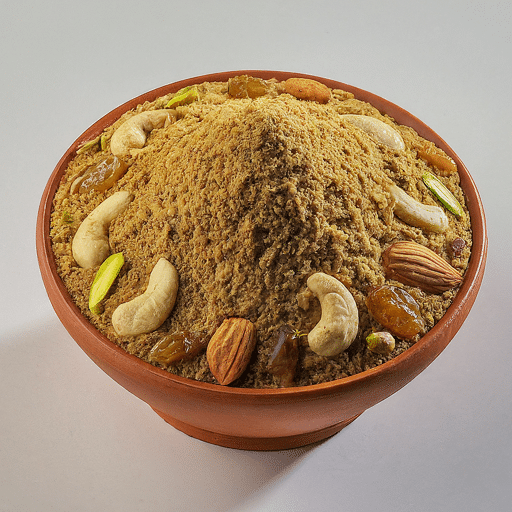
Dhaniya panjiri – janmashtami food
Dhaniya Panjiri is a popular and nutritious offering made to Lord Krishna during Janmashtami. It is prepared with coriander seed powder, desi ghee, almonds, powdered sugar, cashew nuts, mishri, pistachios, and raisins. This healthy delicacy is believed to be beneficial for the intestines and is very popular in the Uttar Pradesh, Bihar, and Punjab states of India.
The aroma of roasted coriander seeds and the richness of ghee make Dhaniya Panjiri a unique and flavourful dish. It is not only a sweet treat but also a wholesome snack that provides instant energy. This offering is made with great love and devotion and is believed to please Lord Krishna.
To prepare Dhaniya Panjiri, roast coriander seeds until fragrant and grind them to a fine powder. In a pan, heat ghee and add the coriander powder, powdered sugar, and the rest of the ingredients. Mix well and cook until the mixture comes together. Serve this nutritious offering to Lord Krishna and enjoy the divine flavours of Dhaniya Panjiri on Janmashtami.
2. Makhana Kheer – Creamy and Delicious Dessert
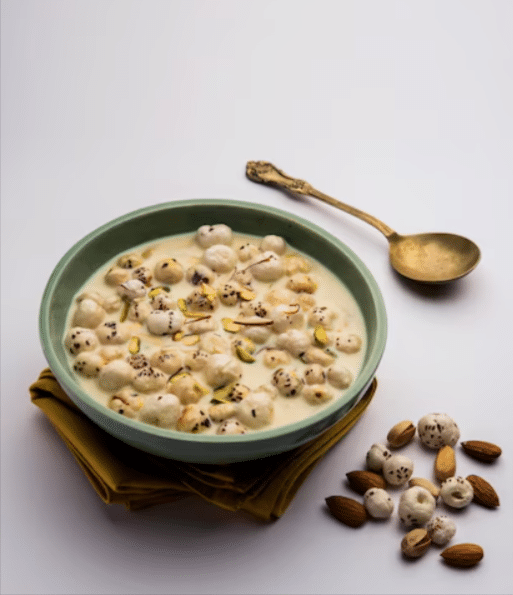
Makhana Kheer recipe
Makhana Kheer is a rich and creamy dessert made with lotus seeds, milk, ghee, sugar, and dry fruits. It is a popular sweet dish prepared during Janmashtami and is loved by people of all ages. The combination of the soft and chewy lotus seeds with the creamy and sweetened milk makes this dessert irresistible.
To make Makhana Kheer, roast the lotus seeds in ghee until they turn crispy. Crush them into small pieces and set them aside. In a pan, heat milk and bring it to a boil. Add the crushed lotus seeds and simmer until the kheer thickens. Add sugar, cardamom powder, and dry fruits of your choice. Cook for a few more minutes and remove from heat.
Serve the Makhana Kheer hot or chilled, garnished with more dry fruits. This creamy and delicious dessert is a perfect way to end your Janmashtami feast on a sweet note.
3. Sabudana Khichdi – Savory and Filling Fast Staple
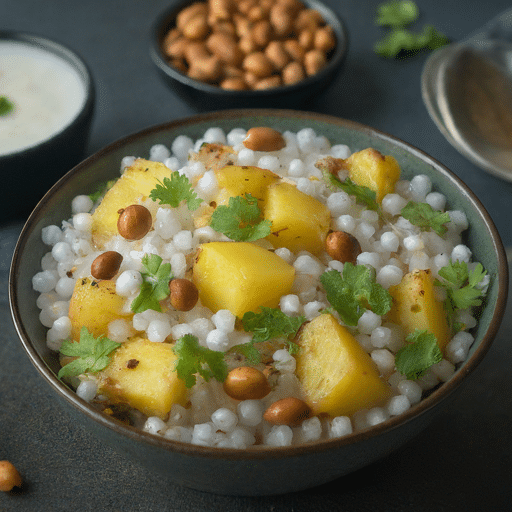
Sabudana ki khichdi
Sabudana Khichdi is a simple and flavourful dish made with soaked sabudana (tapioca pearls), cumin seeds, green chilli, peanuts, and potatoes. It is a popular fasting recipe and is often prepared during Janmashtami as a part of the feast.
To make Sabudana Khichdi, soak sabudana overnight or for a few hours until they become soft and translucent. In a pan, heat ghee and add cumin seeds. Add crushed peanuts, chopped green chilli, and boiled potatoes. Cook until the potatoes are golden brown. Add the soaked sabudana, salt, and sugar. Cook until the sabudana turns translucent and the flavours are well combined.
Serve the Sabudana Khichdi hot with a side of yoghurt or mint chutney. This savoury and filling dish is a perfect choice for those who are fasting during Janmashtami.
Know how to make Sabudana Khichdi at home
4. Aloo Ko Sookha – Spicy and Simple Potato Dish
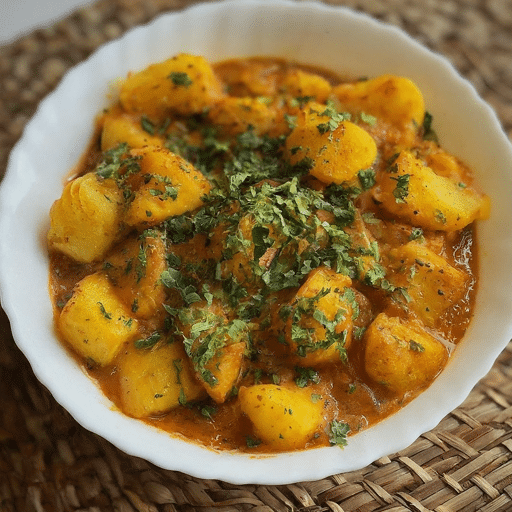
Aloo ka sookha recipe
Aloo Ko Sookha is a spicy and simple potato dish that is commonly prepared during Janmashtami. It is made with boiled potatoes, spices, and rock salt. This flavourful dish is perfect for those who love spicy food.
To make Aloo Ko Sookha, boil potatoes until they are cooked but firm. Peel and chop the potatoes into small pieces. In a pan, heat oil and add cumin seeds, chopped green chilli, and grated ginger. Add the chopped potatoes and sprinkle with spices like turmeric powder, red chilli powder, and rock salt. Cook until the potatoes are coated with spices and turn crispy.
This spicy and simple potato dish will definitely add a kick to your Janmashtami feast.
5. Vrat Ke Jeera Aloo – flavourful Potato Delight
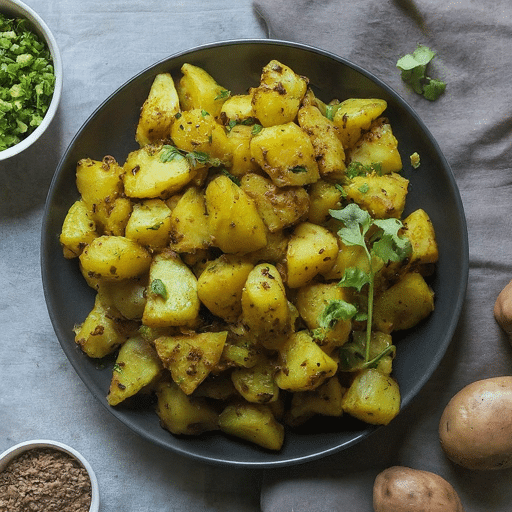
Vrat Ke Jeera Aloo
Vrat Ke Jeera Aloo is a flavourful and aromatic potato dish that is commonly prepared during Janmashtami. It is made with boiled potatoes, cumin seeds, spices, and rock salt. This simple yet delicious dish is perfect for those who are fasting.
To make Vrat Ke Jeera Aloo, boil potatoes until they are cooked but firm. Peel and chop the potatoes into small pieces. In a pan, heat ghee and add cumin seeds. Add the chopped potatoes and sprinkle with spices like turmeric powder, red chilli powder, and rock salt. Cook until the potatoes are coated with spices and turn crispy.
Serve the Vrat Ke Jeera Aloo as a side dish or as a main course with rajgira roti or kuttu ki roti. This flavourful potato delight will add a burst of flavours to your Janmashtami feast.
6. Singhare Ki Poori – Crispy and Fluffy Water Chestnut Flour Bread
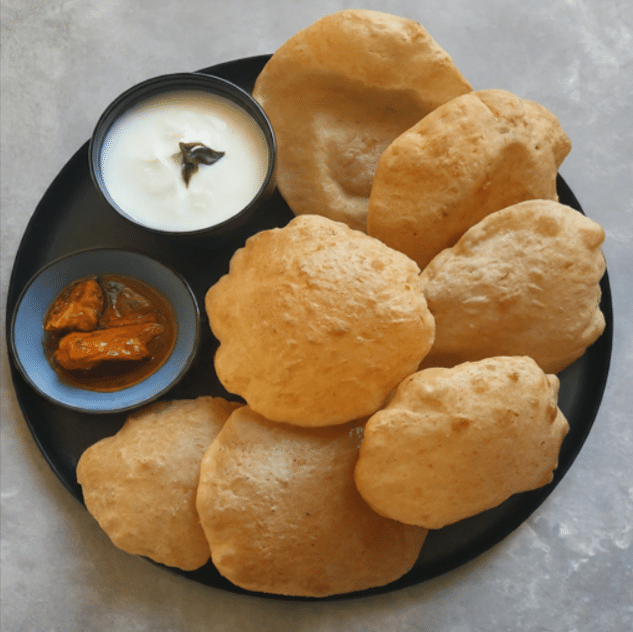
Singhare ki Poori
Singhare Ki Poori is a crispy and fluffy bread made with water chestnut flour. It is a popular fasting recipe and is often prepared during Janmashtami as a part of the feast. Singhare Ki Poori is gluten-free and perfect for those who are fasting.
To make Singhare Ki Poori, mix water chestnut flour, salt, and water to make a soft dough. Divide the dough into small balls and roll them into circular shapes. Deep fry the pooris in hot oil until they turn golden brown and puffed up.
Serve the Singhare Ki Poori hot with a side of yoghurt or any fasting curry. This crispy and fluffy bread is a perfect accompaniment to your Janmashtami feast.
7. Kuttu Ka Dosa – Unique Twist on the Traditional Dosa
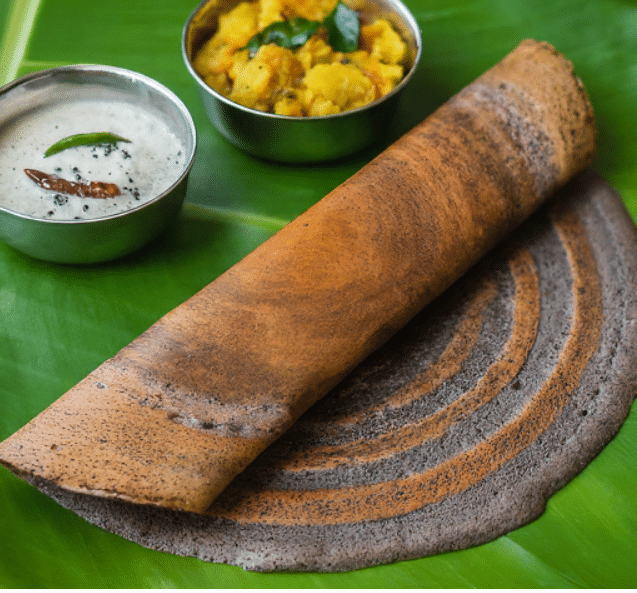
Kuttu ka dosa recipe
Kuttu Ka Dosa is a unique twist on the traditional dosa made with buckwheat flour. It is a popular fasting recipe and is often prepared during Janmashtami as a part of the feast. Kuttu Ka Dosa is gluten-free and perfect for those who are fasting.
To make Kuttu Ka Dosa, mix buckwheat flour, curd, and water to make a smooth batter. Add cumin seeds, chopped green chilli, and grated ginger for flavour. Let the batter rest for a few minutes. Heat a tawa and pour a ladleful of batter onto it. Spread the batter in a circular motion to make a thin dosa. Cook until the dosa turns golden brown and crispy.
Serve the Kuttu Ka Dosa hot with coconut chutney or any fasting curry. This unique twist on the traditional dosa will add a special touch to your Janmashtami feast.
8. Shrikhand – Sweet and Tangy Yoghourt Dessert
Mango shrikhand recipe
Shrikhand is a popular sweet and tangy yoghurt dessert that is often prepared during Janmashtami. It is made with strained yoghurt, sugar, and flavoured with cardamom powder. Shrikhand is a refreshing and delicious dessert that is loved by people of all ages.
To make Shrikhand, strain the yoghurt overnight to remove excess water. Add sugar, cardamom powder, and saffron strands to the strained yoghurt. Mix well until the sugar is dissolved and the flavours are well combined. Refrigerate the Shrikhand for a few hours to allow the flavours to meld together.
Serve the Shrikhand chilled in individual bowls, garnished with chopped nuts and a sprinkle of saffron strands. This sweet and tangy yoghurt dessert is a must-have on your Janmashtami feast.
Also Read: How to make Shrikhand at home.
9. Panchamrit – Sacred Mixture for Devotional Offerings
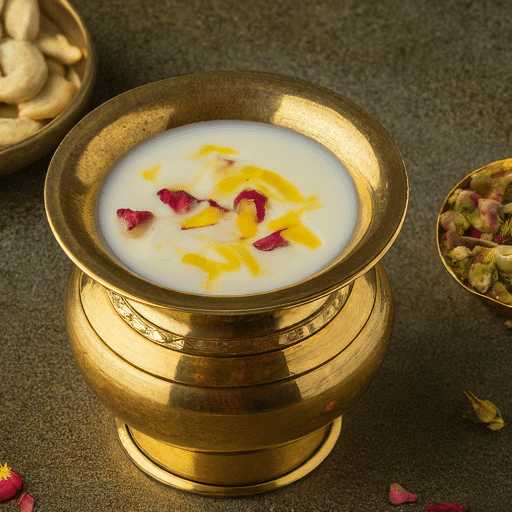
Panchamrit fast recipe
Panchamrit is a sacred mixture made with five ingredients: milk, yoghurt, ghee, honey, and sugar. It is often prepared during Janmashtami for devotional offerings and is considered an auspicious and holy mixture.
To make Panchamrit, mix equal parts of milk, yoghurt, ghee, honey, and sugar in a bowl. Stir well until all the ingredients are well combined. Some people also add tulsi leaves and a few drops of rose water to enhance the flavour and fragrance of Panchamrit.
Panchamrit is often used for abhishekam (bathing) of Lord Krishna during the midnight celebrations of Janmashtami. It is also distributed as prasad to the devotees after the rituals are completed.
10. Thandai – Fragrant and Nutty Milk Drink
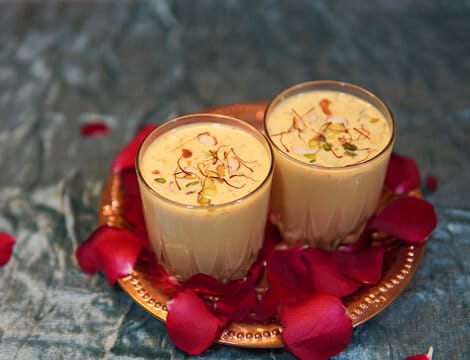
Janmashtami food – Thandai recipe
Thandai is a traditional Indian milk drink flavoured with a blend of nuts, spices, and saffron. It is often prepared during Janmashtami and is enjoyed chilled. Thandai has a rich and fragrant flavour that is sure to refresh and energise you.
To make Thandai, soak almonds, cashews, and melon seeds in water for a few hours. Grind them into a smooth paste along with poppy seeds and fennel seeds. In a pan, heat milk and add the ground paste, along with sugar, saffron strands, and cardamom powder. Simmer the mixture for a few minutes, allowing the flavours to infuse.
Serve the Thandai chilled in tall glasses, garnished with a sprinkle of rose petals and crushed pistachios. This fragrant and nutty milk drink is a perfect way to cool down on a hot Janmashtami day.
11. Fruit Chaat
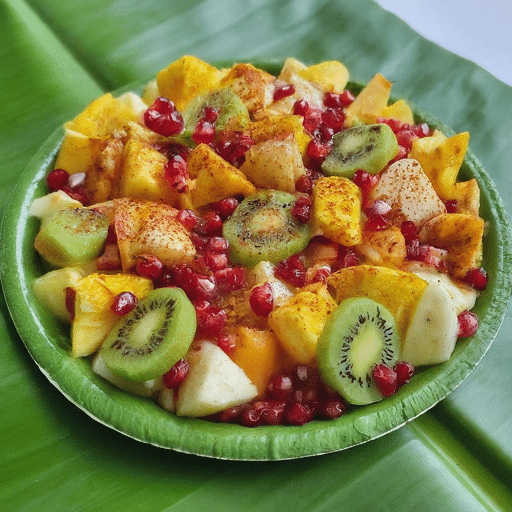
fruit chaat recipe for janmashthami
Fruit Chaat is a refreshing and nutrient-rich dish that is perfect for fasting during Janmashtami. It is made with a variety of fresh fruits, such as apples, bananas, pomegranate seeds, and oranges, tossed together with chaat masala, lemon juice, and a sprinkle of black salt.
To make Fruit Chaat, chop the fruits into bite-sized pieces and mix them in a bowl. Add chaat masala, lemon juice, and black salt. Toss well to coat the fruits with the flavours. Refrigerate the Fruit Chaat for a while before serving to enhance the taste.
Serve the Fruit Chaat chilled in individual bowls. This light and refreshing dish is a perfect way to stay hydrated and energised throughout the day of fasting.
Read step by step recipe to prepare Fruit chaat.
12. Kuttu ki Khichdi
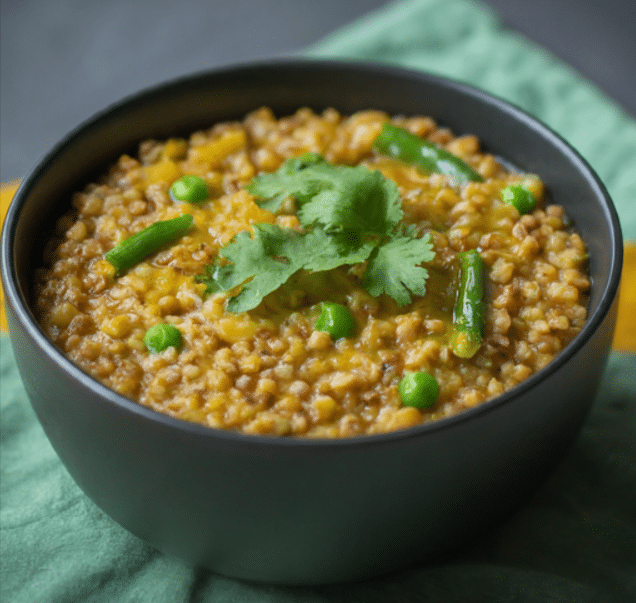
kuttu ki khichdi
Kuttu ki Khichdi, also known as Buckwheat Khichdi, is a nutritious and flavourful dish that is often prepared during Janmashtami. It is made with buckwheat groats (kuttu), potatoes, and a few aromatic spices. Kuttu ki Khichdi is gluten-free and perfect for those who are fasting.
To make Kuttu ki Khichdi, soak the buckwheat groats for a few hours and drain well. In a pan, heat ghee and add cumin seeds, chopped green chilli, and grated ginger. Add the soaked buckwheat groats and boiled potatoes. Sprinkle it with spices like turmeric powder, red chilli powder, and rock salt. Cook until the buckwheat groats are tender and the flavours are well combined.
Serve the Kuttu ki Khichdi hot with a side of yoghurt or raita. This nutritious and flavourful dish is a perfect choice for your Janmashtami feast.
Also Read: Traditional Brahmin Foods
Essential Tips for Preparing Janmashtami Fast Recipes
Preparing Janmashtami fast recipes can be a delightful and satisfying experience. To ensure that your dishes turn out flavourful and delicious, here are some essential tips to keep in mind:
- Choose the right ingredients for fasting: Use ingredients like water chestnut flour, buckwheat flour, amaranth flour, and rock salt that are commonly used in fasting recipes.
- Techniques for cooking delicious fasting foods: Explore different cooking techniques like steaming, boiling, roasting, and shallow frying to enhance the flavours of your dishes.
Remember to cook with love and devotion, and offer your delicious creations to Lord Krishna with a pure heart. These essential tips will help you create a memorable and scrumptious Janmashtami feast.
Also Read: 10 Holi Recipes to Try
How to Choose the Right Ingredients for Fasting?
When it comes to fasting during Janmashtami, choosing the right ingredients is crucial. Here are some key ingredients commonly used in fasting recipes:
- Dairy products: Use ingredients like yoghurt, milk, ghee, and paneer to add richness and flavour to your dishes. These dairy products are considered pure and are commonly consumed during fasting.
- Rock salt: Substitute regular salt with rock salt (sendha namak) in your recipes. Rock salt is considered pure and is free from impurities.
- Flours: Use flours like water chestnut flour, buckwheat flour, amaranth flour, and rajgira flour as substitutes for regular flours. These flours are gluten-free and commonly used in fasting recipes.
By choosing the right ingredients, you can ensure that your fasting recipes are not only delicious but also in line with the traditions and customs of Janmashtami.
Techniques for Cooking Delicious Fasting Foods
Cooking delicious fasting foods requires some special techniques to bring out the flavours and textures. Here are some techniques that you can use:
- Steaming: Steaming is a healthy and simple cooking technique that helps retain the nutrients and flavours of the ingredients. You can steam potatoes, vegetables, and even make steamed desserts.
- Boiling: Boiling is a common technique used to cook ingredients like sabudana, rajgira, and samak rice. It helps soften the ingredients and make them suitable for various recipes.
- Shallow frying: Shallow frying is a technique used to cook ingredients like kuttu ka dosa, singhare ki poori, and vrat ke aloo. It adds a crispy texture to the dishes without using excessive oil.
Also read: 23 Must Have Diwali Sweets and Snacks
Conclusion
Celebrate Janmashtami with a delightful feast! From Dhaniya Panjiri to Makhana Kheer, these traditional recipes will tantalise your taste buds. Dive into the savoury flavours of Sabudana Khichdi and Aloo Ko Sookha.
Don’t miss the crispy Singhare Ki Poori and unique Kuttu Ka Dosa. Indulge in the sweetness of Shrikhand and the sacred Panchamrit. Quench your thirst with the fragrant Thandai and refresh with a Fruit Chaat.
Prepare these dishes with the right ingredients and cooking techniques for a truly delicious experience. Enjoy the festive spirit with these mouth-watering Janmashtami delights!
Frequently Asked Questions
What are the must-have dishes for Janmashtami?
Some must-have dishes for Janmashtami include Dhaniya Panjiri, Makhana Kheer, Sabudana Khichdi, Aloo Ko Sookha, Vrat Ke Jeera Aloo, Singhare Ki Poori, Kuttu Ka Dosa, Shrikhand, Panchamrit, Thandai, Fruit Chaat, and Kuttu ki Khichdi. These dishes are not only delicious but also have a deep connection with the festival and its traditions.
Can these recipes be prepared in advance?
Yes, many of these recipes can be prepared in advance. You can soak the sabudana, roast the lotus seeds, and prepare the spice mixes a day before. This will save you time and allow you to enjoy the festivities on Janmashtami, which is an auspicious day marking the birth anniversary of Lord Krishna.
How can I make fasting foods more interesting?
You can make fasting foods more interesting by experimenting with different ingredients and flavours. Use rice flour, buckwheat flour, or rajgira flour to make dishes like dosa, puri, or roti. Add flavours like cardamom powder, saffron, or sugar syrup to dishes like rava ladoo or kheer to make them more enticing.
Are there any non-dairy alternatives for traditional sweets?
Yes, there are non-dairy alternatives for traditional sweets. You can use coconut milk or almond milk as a substitute for dairy milk in recipes like kheer or shrikhand. You can also use vegan butter or ghee made from plant-based oils as a substitute for dairy ghee in recipes. Adding cardamom powder will enhance the flavour of these non-dairy alternatives.
What are the best drinks to serve during Janmashtami fasting?
The best drinks to serve during Janmashtami fasting include Thandai, a fragrant and nutty milk drink, and fruit juices made from fresh fruits. These drinks not only provide hydration but also add a refreshing touch to the fasting feast. You can also serve herbal teas or infused water with mint and lemon for a healthy and flavourful option.

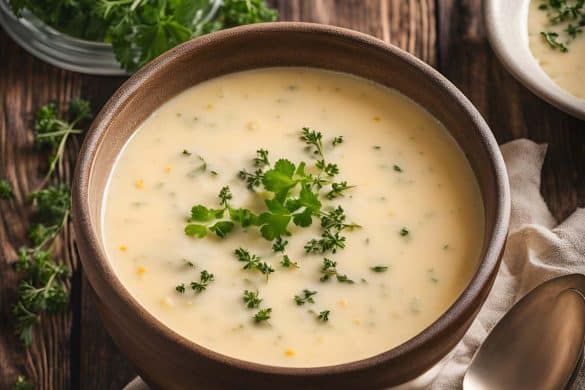
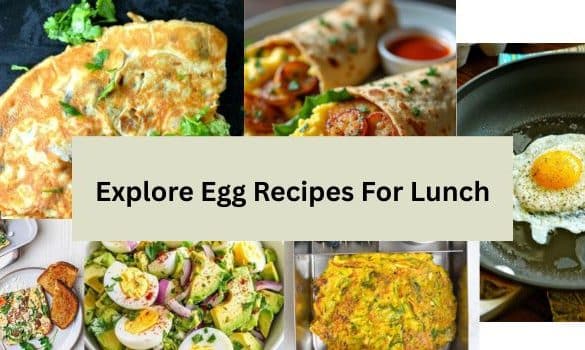

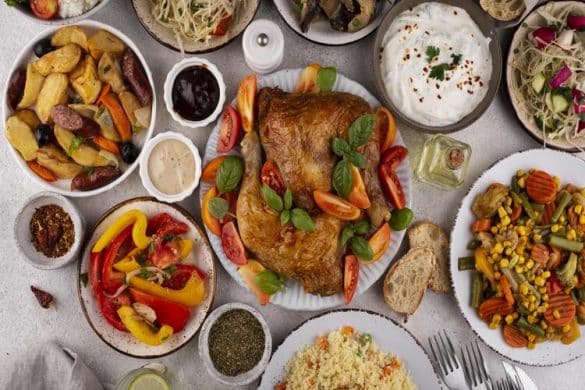
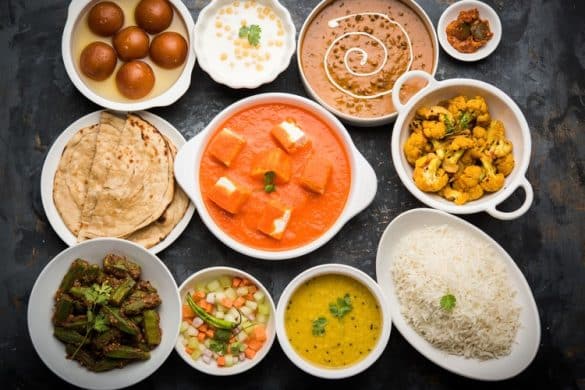
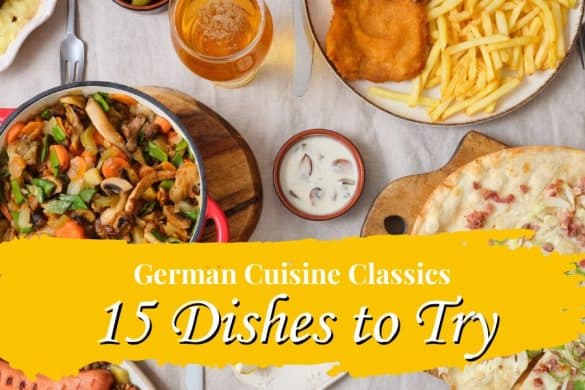

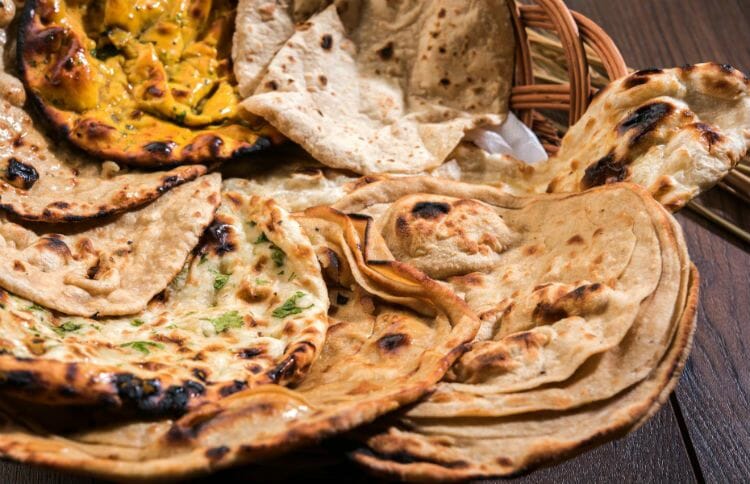
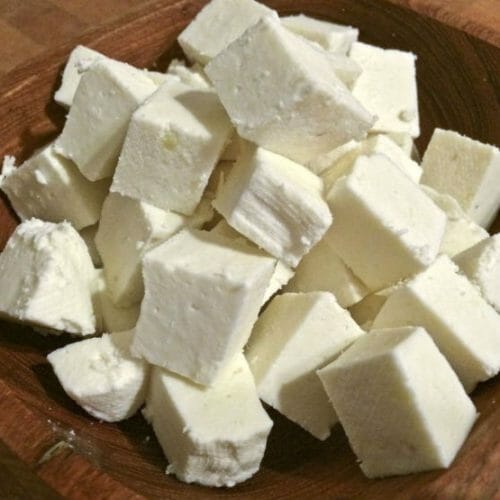
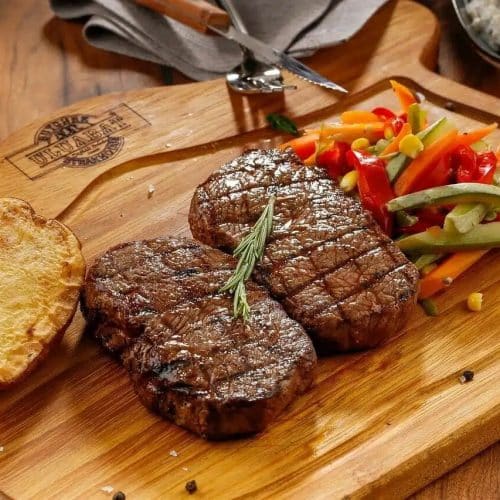
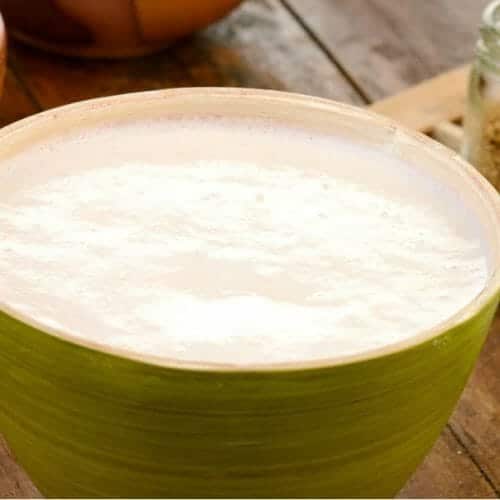
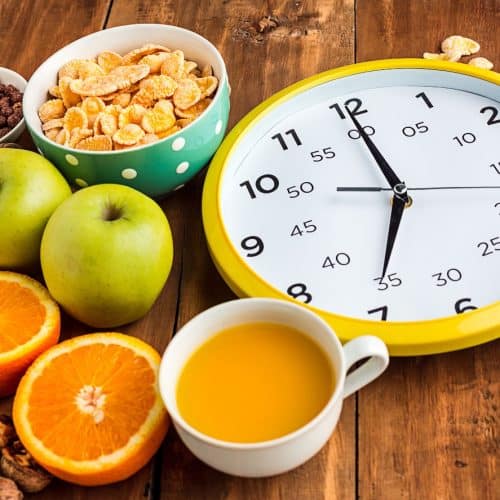
1 comment
It is s nice tips for celebration of Janmashtami. Very useful and enthusiastic.